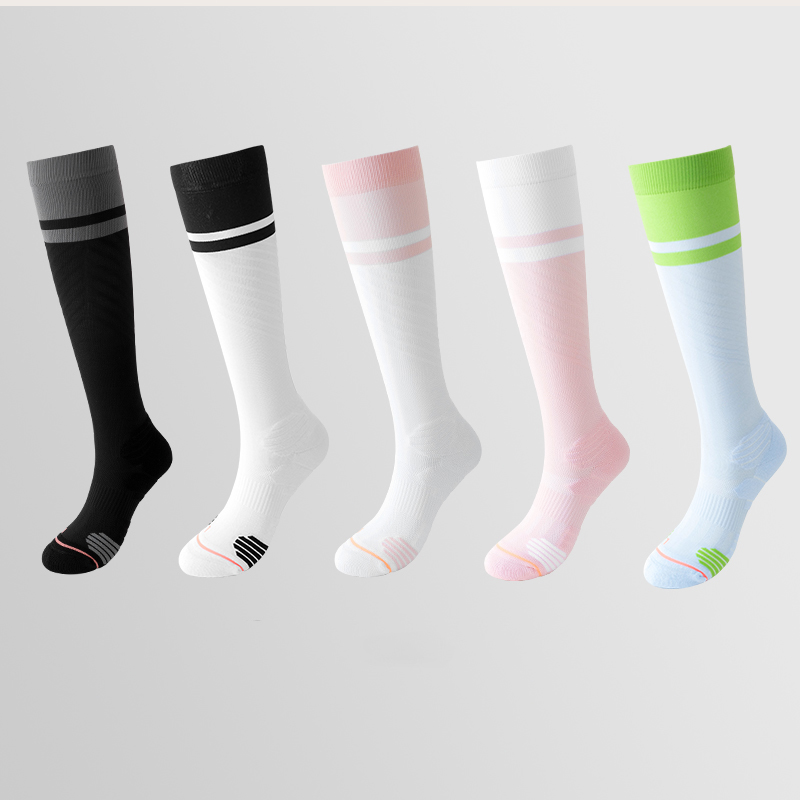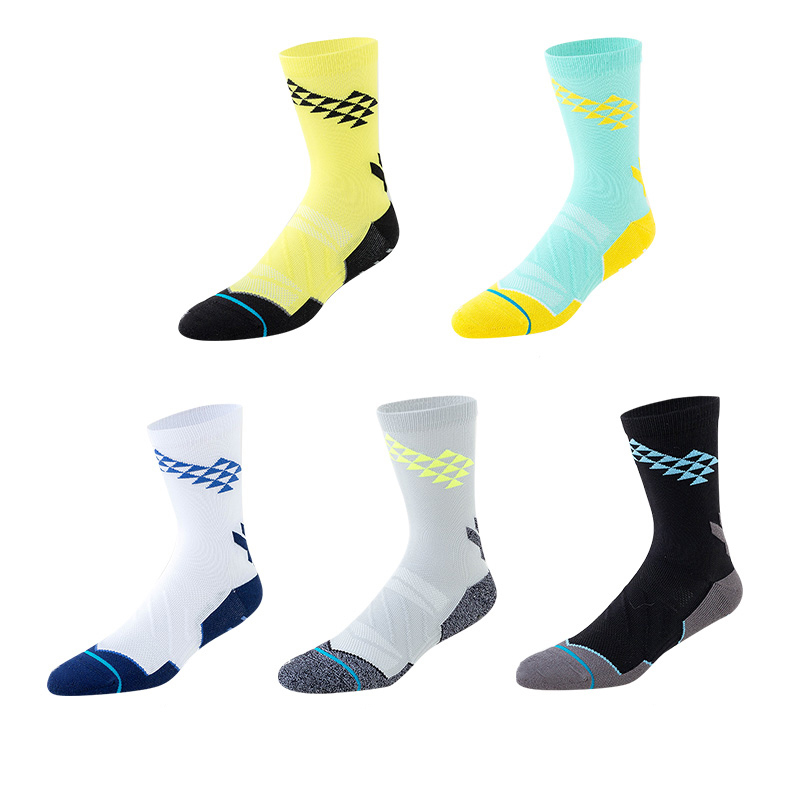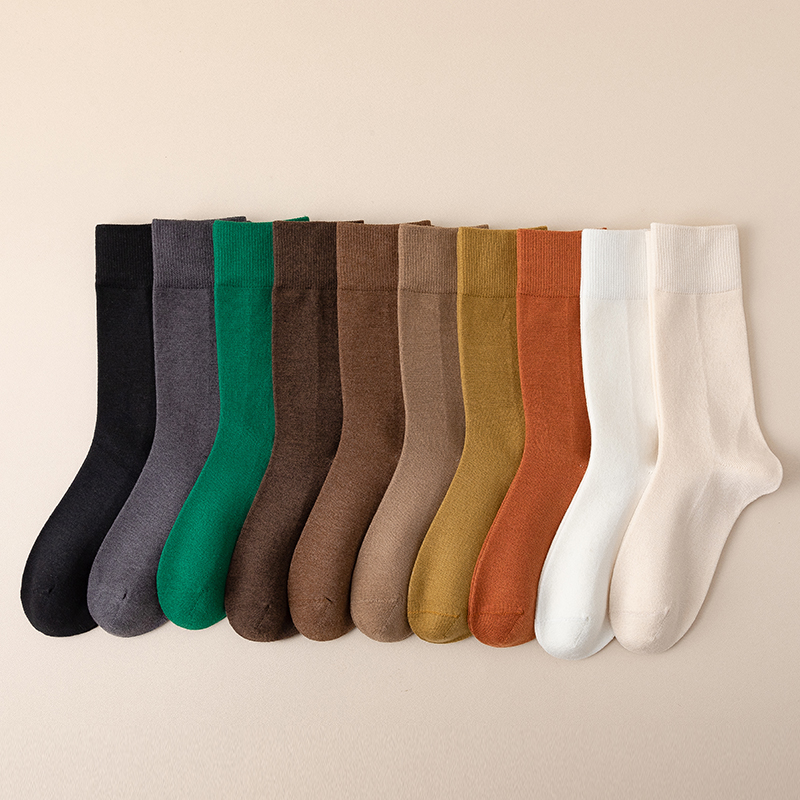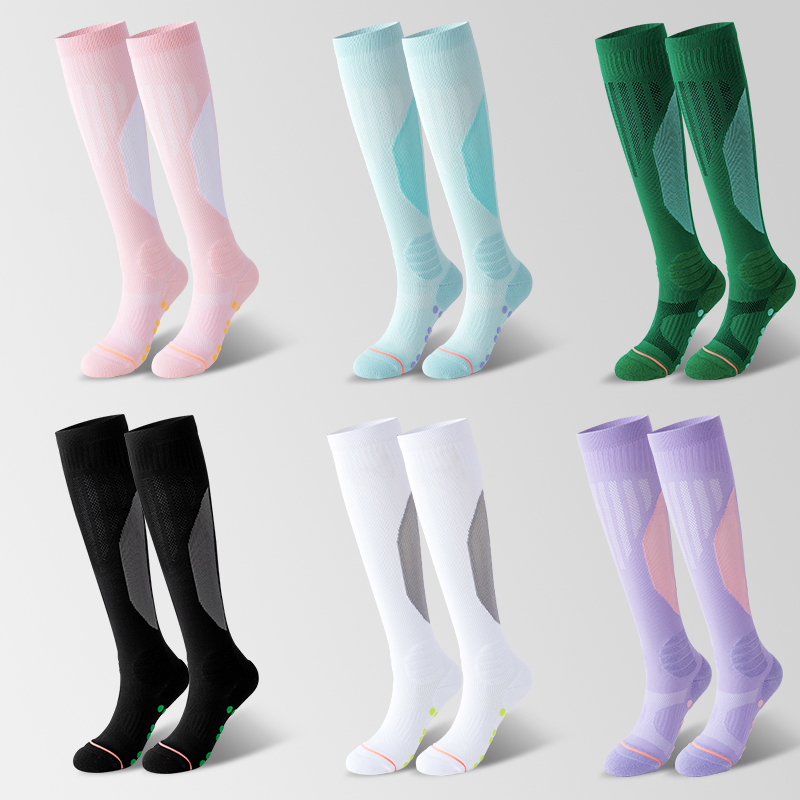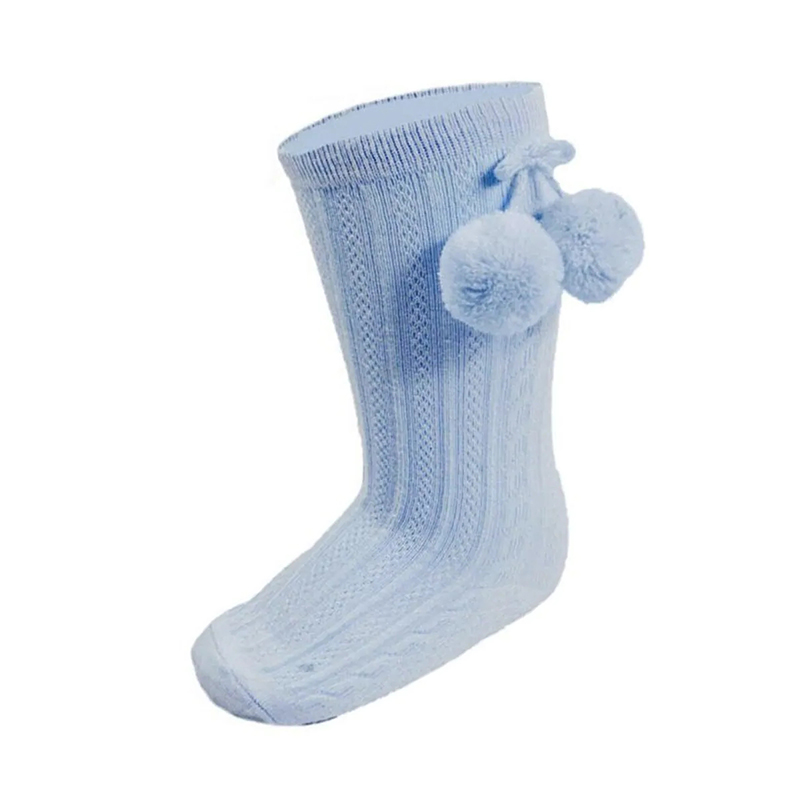Frequent washing, an inevitable occurrence during the use of floor socks, poses a significant challenge to the product's core performance characteristics: the adhesion of the anti-slip particles and the elasticity of the main material.
Impacts on Anti-Slip Particle Adhesion: Delamination and Pulverization
The anti-slip particles of floor socks (typically thermoplastic elastomers such as PVC, silicone, or TPU) are fixed to the surface of the sock's sole textile through processes such as dispensing, injection molding, or hot pressing. The effects of frequent washing on their adhesion are primarily physical delamination, chemical attack, and thermomechanical fatigue.
1. Physical Wear and Delamination
During the wash cycle, the mechanical tumbling force of the washing machine drum, the shear force of the water flow, and the friction between the socks and the laundry continuously exert external forces on the anti-slip particles.
Initial Impact: During the first few washes, mechanical forces primarily act on the interface between the particle edges and the textile fibers. If the dispensing process does not cure thoroughly or the adhesive layer thickness is uneven, microcracks will first appear at the particle edges.
High-Frequency Effects: With increasing wash frequency, these external forces gradually exceed the adhesion strength between the rubber particles and the base material (the sock fabric), causing the particles to begin to lift from the edges and eventually detach. These detached particles enter the water flow or filter, directly reducing the anti-slip surface area and diminishing the grip of the floor socks.
2. Chemical Attack and Material Aging
Chemical components in detergents, particularly surfactants, bleaching agents, and enzymes, can chemically attack the molecular chain structure of polymers like PVC and silicone.
Plasticizer Loss: For PVC particles, detergents may accelerate the precipitation or dissolution of plasticizers. Plasticizer loss increases the hardness of the particles and reduces their flexibility. Hardened particles are more susceptible to brittle fracture and powdering during friction, significantly reducing their anti-slip effectiveness.
Interfacial Erosion: Even with relatively inert silica gel, high concentrations of detergent can erode the interface between the particles and the fibers, weakening the chemical bond strength and accelerating hydrolysis or oxidation.
3. Thermal Stress and Adhesion Degradation
Washing with hot water (e.g., above 40°C) and drying at high temperatures (especially those not aired naturally) can introduce thermal stress.
Mismatched Thermal Expansion: The coefficient of thermal expansion (CTE) of the main material of floor socks (such as cotton or polyester) and the anti-slip particles (polymer materials) often differ. Temperature fluctuations cause them to expand and contract at different rates. This cyclic stress can fatigue and damage the bond between the particles and fibers, a significant hidden factor in adhesion degradation.
Impact on the Elasticity of the Main Material: Fiber Fatigue and Structural Relaxation
The elasticity of the main material of floor socks primarily depends on elastic fibers such as spandex (elastane) and the knit structure of the cuff ribbing. Frequent washing can cause irreversible structural damage to this elasticity.
1. Elastic Fiber Fracture and Plastic Deformation
Spandex is key to providing recovery force. Mechanical stretching and chemical reactions during washing accelerate its fatigue.
Polymer Damage: Frequent stretching and relaxation cycles cause irreversible plastic deformation of the spandex molecular chains. Oxidants and hot water in detergents accelerate the degradation of elastic fibers, resulting in a decrease in elongation at break.
Loss of Resilience: The spandex coverage factor in the fabric decreases, significantly reducing the sock's retraction ability in a relaxed state. This manifests as increased size, loosening of the sock body, and slippage at the cuff.
2. Loosening and Deformation of the Knit Structure
The fit of floor socks depends not only on the elastic fibers but also on the precise knitting structure.
Rib Structure Fatigue: The rib structure commonly used at the cuff provides firmness through the interlacing of loops. During high-frequency washing, the rib structure's loop spacing is permanently increased due to repeated twisting and stretching of the loops. This structural relaxation reduces compression pressure at the cuff, thereby reducing the restraining force on the calf.
Softening of the main structure: Even if the main structure does not contain spandex, the yarn structure of pure cotton or blended fibers will soften and relax under long-term hydration and mechanical stress. This causes the overall stiffness of the floor sock to lose its elasticity and worsen its fit, which is technically known as dimensional change.
3. Secondary damage caused by drying methods
Improper drying methods can exacerbate elasticity loss.
Heat shrinkage: High-temperature drying can cause heat shrinkage in non-elastic fibers such as cotton and polyester. However, because spandex cannot shrink simultaneously or its resilience is weakened, the fabric ultimately shrinks or loses shape. Incorrectly drying at high temperatures is considered one of the most significant factors that accelerate the loss of elasticity in floor socks.

 English
English
 Español
Español

